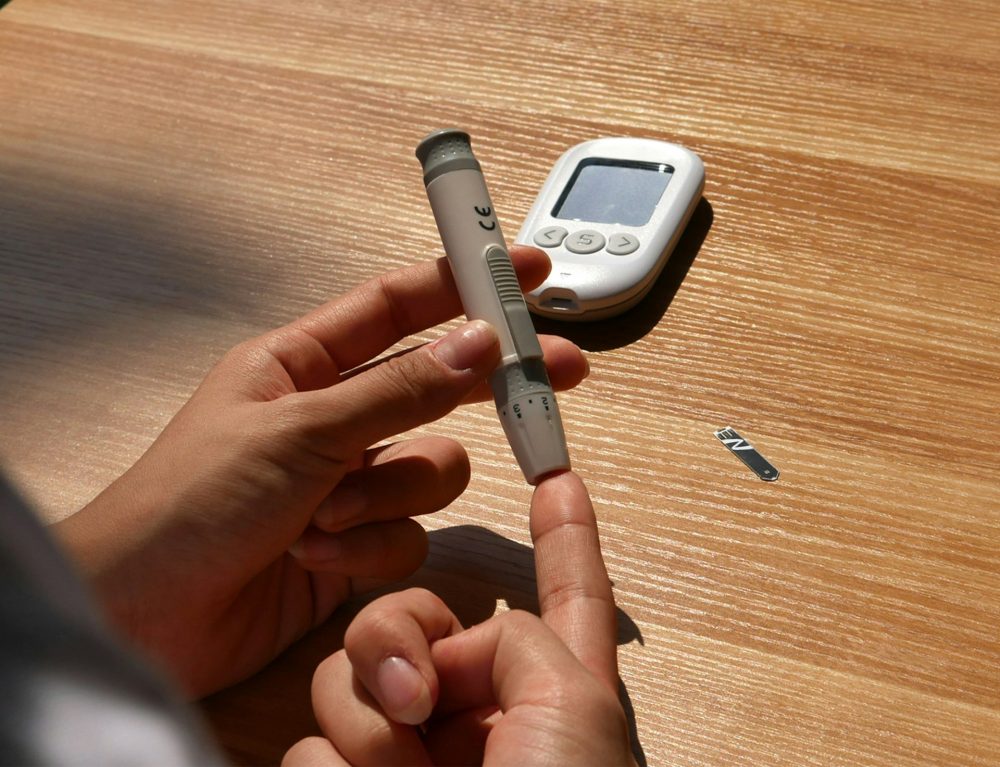Impact Investing
GLP-1 Drugs: Transforming Healthcare and Investment Opportunities
GLP-1 drugs, initially for diabetes, are revolutionizing medicine with weight-loss, lipid-lowering, and anti-inflammatory effects. Approved for obesity, cardiovascular disease, and kidney issues, they may soon treat liver fibrosis, osteoarthritis, and Alzheimer’s. Despite high costs and tolerability concerns, growing competition and innovation could expand access, reshape healthcare, cut chronic disease costs, and create major investment opportunities.

GLP-1 drugs have been compared to the discovery of penicillin, which changed the course of medicine by enabling the treatment of several life-threatening diseases.
Originally developed as treatments for diabetes, they have attracted considerable attention for their ability to promote weight loss by increasing satiety, reducing food intake by suppressing cravings, and demonstrating lipid-lowering, anti-inflammatory, and neuroprotective potential.
The growing interest in these drugs will have multiple consequences, strengthening the pharmaceutical and biotechnology industries and potentially transforming the healthcare landscape.
In some clinical trials, GLP-1 drugs have helped patients lose more than 20% of their body weight and control diabetes
Furthermore, these promising drugs have been approved by the Food and Drug Administration (FDA) for chronic kidney disease, obstructive sleep apnea, and to prevent life-threatening cardiovascular events such as heart attacks and strokes in adults with cardiovascular disease. Next on the list are liver fibrosis, osteoarthritis, dermatological disorders, and even neurodegenerative diseases such as Alzheimer’s, all chronic conditions that further increase healthcare costs.
In the United States, for example, the Centers for Disease Control and Prevention (CDC) reports that annual healthcare costs for obese adults are $1,861 higher than for normal-weight adults, with the total additional cost exceeding $173 billion in 2019. Beyond the US market, China is also facing a serious obesity crisis. According to China’s National Health Commission, the rate of overweight or obese people in the country could exceed 65% by 2030.
Widespread adoption of GLP-1 drugs could fundamentally change the way we treat obesity and related diseases. With over 1 billion people worldwide eligible for obesity treatment alone, annual spending on these drugs could amount to hundreds of billions of dollars. Current market leaders include Novo Nordisk and Eli Lilly, which market the only three approved GLP-1 drugs—liraglutide, semaglutide, and tirzepatide—for diabetes and obesity.
Despite this progress, significant challenges remain
Some patients cannot continue treatment for more than six months due to side effects such as nausea. This means that the tolerability profile of next-generation drugs already in development must be improved. Furthermore, the high cost of this class of drugs limits access for many, especially low-income populations. Without policy changes aimed at improving insurance coverage and affordability, the benefits of these new treatments may remain out of reach for those most at risk.
However, with the emergence of new treatments and the resulting increase in competition, access to this therapy will gradually improve. For example, Eli Lilly recently announced promising results from a late-stage clinical trial demonstrating the efficacy of its oral GLP-1 drug, which could potentially alleviate supply constraints and address more cost-sensitive market segments.
With continued progress in the development of GLP-1, it could pave the way for a major shift in the healthcare industry, shifting from patient care to health care, early diagnosis, and prevention. This would not only represent a significant step forward for public health, but would also open new opportunities for investors who understand the science and technology behind this sea change.
The rich healthcare landscape is dotted with multiple high-growth themes, including rare diseases, oncology, and targeted immunology, each driven by unique growth drivers. Furthermore, the sector’s diverse business models offer an attractive spectrum of risk-return profiles, ranging from established large-cap pharmaceutical companies that deliver stable growth to small, innovative biotech companies that promise higher risk-return potential.
__
(Featured image by isens usa via Unsplash)
DISCLAIMER: This article was written by a third party contributor and does not reflect the opinion of Born2Invest, its management, staff or its associates. Please review our disclaimer for more information.
This article may include forward-looking statements. These forward-looking statements generally are identified by the words “believe,” “project,” “estimate,” “become,” “plan,” “will,” and similar expressions. These forward-looking statements involve known and unknown risks as well as uncertainties, including those discussed in the following cautionary statements and elsewhere in this article and on this site. Although the Company may believe that its expectations are based on reasonable assumptions, the actual results that the Company may achieve may differ materially from any forward-looking statements, which reflect the opinions of the management of the Company only as of the date hereof. Additionally, please make sure to read these important disclosures.
First published in ESG NEWS. A third-party contributor translated and adapted the article from the original. In case of discrepancy, the original will prevail.
Although we made reasonable efforts to provide accurate translations, some parts may be incorrect. Born2Invest assumes no responsibility for errors, omissions or ambiguities in the translations provided on this website. Any person or entity relying on translated content does so at their own risk. Born2Invest is not responsible for losses caused by such reliance on the accuracy or reliability of translated information. If you wish to report an error or inaccuracy in the translation, we encourage you to contact us.

-

 Cannabis8 hours ago
Cannabis8 hours agoAgential Cannabis 2026 Set to Spotlight Southeast Asia
-

 Impact Investing1 week ago
Impact Investing1 week agoCOP30: Fragmented Climate Politics, Multi-Speed Transition, and Emerging Investment Opportunities
-

 Biotech2 days ago
Biotech2 days agoSalmoss Biotech: Turning Salmon Waste Into Breakthroughs in Regenerative Medicine
-

 Crypto1 week ago
Crypto1 week agoEthereum in 2025: Volatility, Maturity, and Strategic Renewal


















